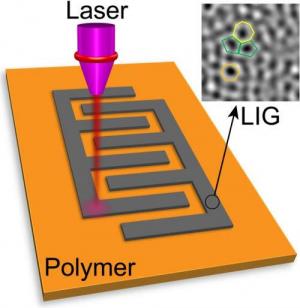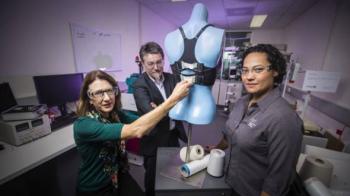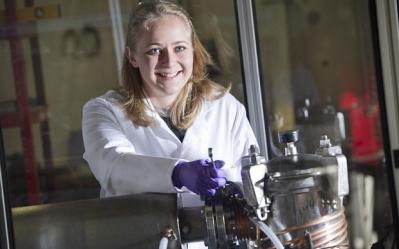Super-efficient graphene-based frequency tripler developed at Purdue University
Purdue University researchers developed a graphene-based frequency tripler with a spectral output purity greater than 70% (a considerable improvement over current tripler technology), which could offer high efficiency performance for various electronic components in areas like boradcasting and communications.
This technology addresses the output power at third harmonic while allowing for signal amplification for conversion gain in a scaled device. The researchers say graphene is a perfect fit fot this application due to its high carrier mobility trait.





